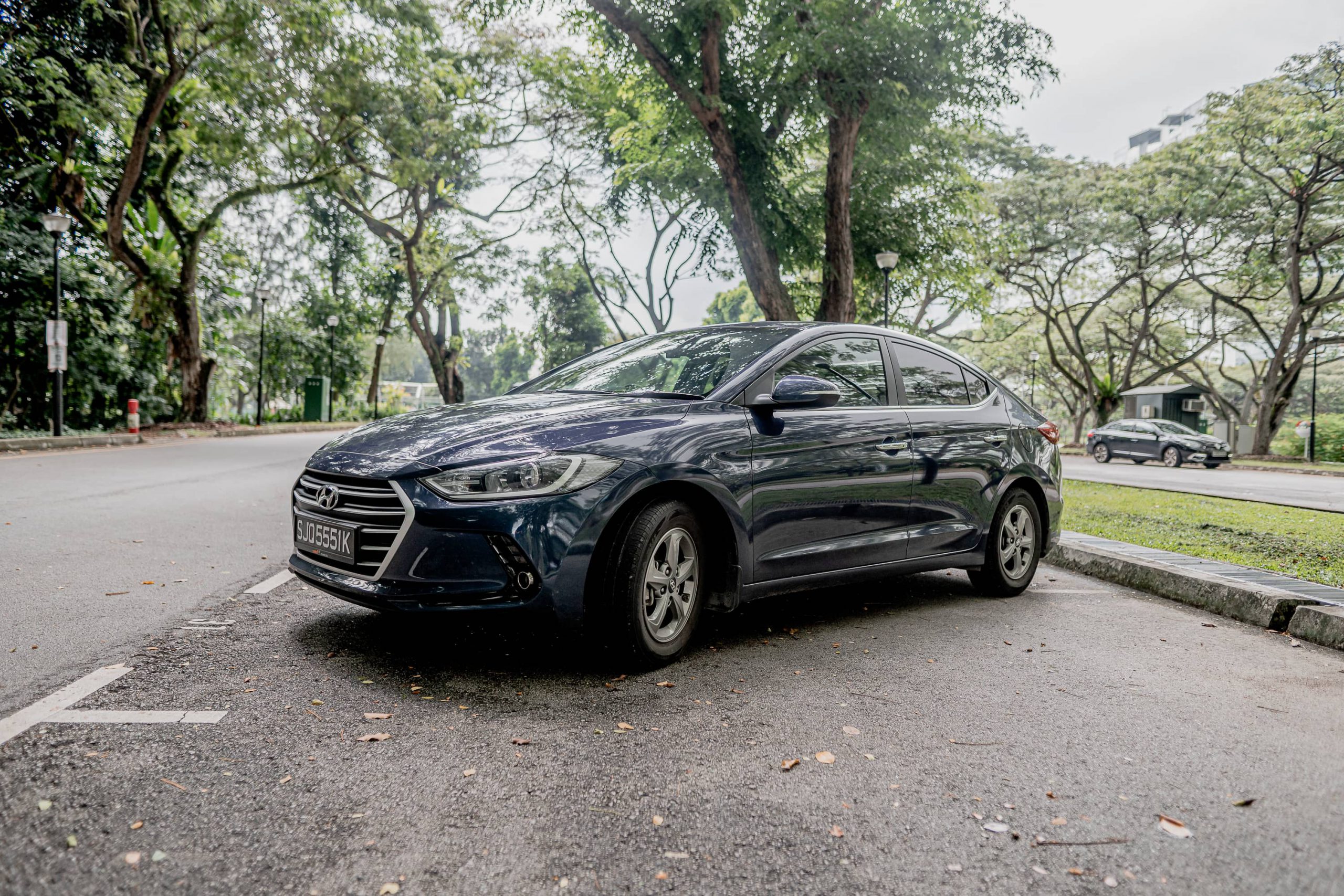Citroen C4 Cactus: A Love Hate Relationship
Citroen decided to spice up the C4 lineup with the introduction of the C4 Cactus in 2014. It elevated the compact car to the level of a compact crossover and made it one of the funkiest looking machines on the road today. However, despite bearing the name related to the C4, it is actually based on the PF1 platform that underpins smaller cars like the C3, DS3 and Peugeot 208. So, are the looks enough to explain its popularity, or is there more to this car?

At A Glance
Upside
- Innovative design
- Roomy interior
- Fuel efficiency
Downside
- Complex rear window mechanism
- Slow pickup

Design 5.0 / 5.0
It’s really difficult to rate the design of most Citroens and it is even more difficult for this one. The C4 Cactus is a unique car in every respect and the one whose looks people either love, or hate.
The car is just 4.15 m long, but it looks far bigger on the road. The front comes with three sets of lights, separating the daytime LEDs which sit at the very top, the headlights in the middle and low-placed fog lights. The front fascia is surprisingly clean with two-tone parts, the more present of which is covered in rounded pieces of metal.
The side reveals the conspicuous “Airbumps” that protect the doors from dents and scratches that are too common in city driving (and parking) conditions. The contrast cladding also adds to the rugged looks, as do the darkened pillars and roof rails.

Interior 4.0 / 5.0
The interior is as unique as the exterior. The seats resemble a bench, which gives far more room on the inside than the outside dimensions would suggest. The seats are reasonably supportive and comfortable. Passengers who sit in the rear will enjoy far more room than in the platform-sharing C3.
The large touchscreen display in the middle of the dashboard includes infotainment, connectivity and air con controls which does away with any need for loads of buttons. Similarly, traditional dials in front of the driver have been replaced for an LCD display which provides all of the necessary information in the most stylish way you can imagine.
So, why the 4 rating? Two reasons. The first one is the impossibility to properly open rear windows. Being unique is one thing, but this is too much. The other reason is the fact that the rear bench isn’t split for folding.

Driving 4.0 / 5.0
The engine is a three-cylinder petrol unit with the displacement of 1.2 l and the power of 81 hp. It is most definitely not intended for sporty driving. Moreover, it is connected to a 5-speed automatic. It takes 15 seconds to reach 100 km/h and about a century to get to the top speed of 172 km/h.
There are good sides as well. The fuel efficiency stands at 23.2 km/L which is pretty good. The biggest advantage is the incredibly lightweight body of just 975 kg. This makes the 118 Nm of torque available from 2,750 rpm sufficient to provide you with confidence in driving, despite the small power plant. Most people will use the C4 Cactus for city driving, cruising or light off-roading, and the 1.2 is more than capable to deliver this.
The gearbox is not among the best when it comes to guessing the preferred speed, but this is by no means a problem since you have sporty paddle shifters behind the steering wheel. What we do like about the gearbox is the fact that you select the gears by pressing buttons, rather than moving a lever.
The verdict 4.5 / 5.0
The C4 Cactus offers a lot. You get truly unique styling, surprisingly roomy and practical interior that’s pleasant to look at and a ride that is sufficient. If you use it for what it’s designed, the C4 Cactus will give you nothing but pleasure.




